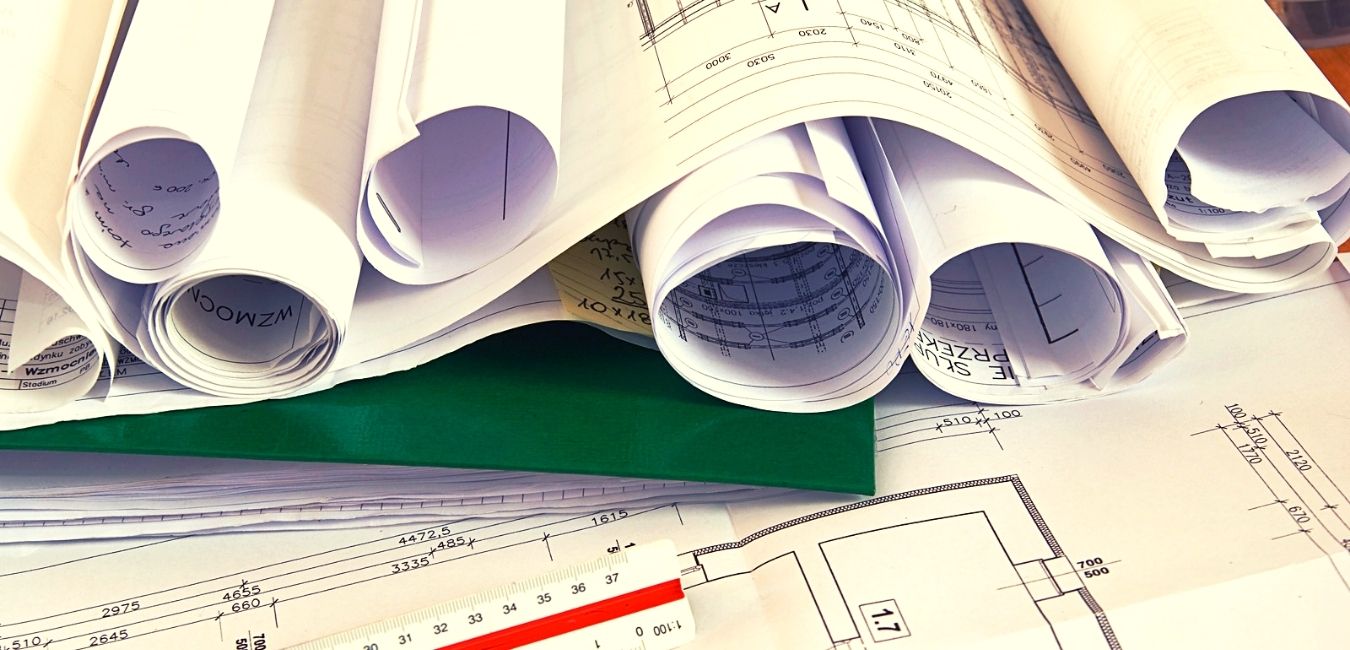Optimizing Project Collaboration: Engineer's Finest Practices in Building And Construction File Administration
In the elaborate world of architectural jobs, the reliable monitoring of building and construction files stands as a keystone for success. Among this complexity lies an essential question: just how can designers enhance partnership procedures to improve job outcomes?
Leveraging Cloud-Based Platforms
Leveraging cloud-based platforms is a fundamental approach for contemporary architects in maximizing building paper management procedures. By transitioning from traditional paper-based systems to shadow solutions, engineers can simplify partnership, boost record access, and enhance total task effectiveness. Cloud-based platforms offer designers the capacity to shop, share, and upgrade building and construction papers in real-time, guaranteeing that all employee have accessibility to the most current information despite their area. This accessibility advertises seamless communication and sychronisation amongst project stakeholders, leading to less mistakes and delays in the building and construction procedure.
Furthermore, cloud-based systems provide a safe and secure setting for keeping sensitive task information, offering encryption, routine backups, and customer authorization settings to protect data stability. Engineers can additionally profit from the scalability of cloud remedies, permitting them to change storage space ability and capability based upon task needs. On the whole, leveraging cloud-based platforms equips architects to maximize their construction file administration processes, driving higher collaboration, effectiveness, and success in their jobs.
Applying Variation Control Solution
Having developed the benefits of cloud-based platforms in building and construction record administration, engineers can now enhance their paper control processes by implementing Version Control Systems. Variation Control Equipment (VCS) are important tools that track modifications in records, making certain that staff member are always collaborating with the current and most exact details. By carrying out VCS, architects can preserve a centralized database where all task files are kept, allowing seamless partnership while lessening the threat of errors and variation problems.
This function is particularly valuable in building jobs where design iterations and alterations are typical. This transparency not just enhances accountability however likewise assists in fixing disagreements or discrepancies that may emerge during the project lifecycle.
Developing Interaction Methods
To make sure reliable and efficient project control, architects should establish clear and robust interaction protocols within their building and construction document management procedures. Interaction protocols define the approaches, frequency, and channels whereby group members exchange details, updates, and feedback. One essential facet of establishing these procedures is figuring out a centralized interaction system where all project-related discussions and document sharing can occur. This platform could be a task monitoring software program, e-mail threads, or cloud-based storage options. By establishing guidelines on how details is shared and exactly how employee interact with each various other, engineers can improve the flow of data and avoid miscommunications or delays in the building procedure.
In addition, communication methods ought to additionally include standards on how to take care of conflicts, modification orders, and urgent concerns that might arise throughout the task lifecycle. Establishing a structured method to communication guarantees that all stakeholders are on the very same page, advertises transparency, and ultimately contributes to the effective completion of the building task.
Using BIM Software Application for Sychronisation
BIM software application plays an essential duty in boosting coordination among project staff member in the construction market. Structure Details Modeling (BIM) facilitates cooperation by giving a central system where engineers, designers, contractors, and other stakeholders can collaborate in a coordinated manner. With BIM software application, job individuals can access and upgrade a shared version that includes in-depth info regarding the structure layout, construction components, and project routines.

In addition, BIM software application allows real-time collaboration and communication amongst staff member, no matter their physical location. Through cloud-based BIM platforms, task stakeholders can access the current project information, track modifications, and make educated decisions without delay. On the whole, leveraging BIM software program for control boosts task efficiency, productivity, and inevitably causes effective task end results.
Ensuring Information Protection and Compliance
In the realm of construction document monitoring, safeguarding information stability and ensuring governing conformity are vital considerations for designers and other job stakeholders. Engineers need to carry out robust security actions here to safeguard sensitive job details from unauthorized accessibility or violations. Using protected cloud storage remedies with file encryption methods and gain access to controls can help mitigate dangers related to data theft or loss. Routinely updating software application and systems, carrying out protection audits, and giving staff training on data security best practices are crucial actions in maintaining a safe and secure atmosphere for building and construction paper management.

Verdict
To conclude, designers can optimize job cooperation in building and construction paper management by leveraging cloud-based platforms, carrying out version control systems, developing interaction methods, utilizing BIM software application for control, and guaranteeing data safety and compliance. These ideal methods assist streamline the construction process, enhance interaction amongst job stakeholders, and boost efficiency in task delivery. By following these guidelines, engineers can efficiently take care of building and construction files and assist in successful project results.
Through BIM software program, task individuals can access and update a shared model that contains thorough info concerning the structure design, building and construction parts, and task timetables.
Via cloud-based BIM platforms, task stakeholders can access the most current project information, track adjustments, and make notified choices quickly - construction document management. On the whole, leveraging BIM software for sychronisation improves job performance, productivity, and inevitably leads to effective task results
In verdict, designers can maximize task cooperation in building record management by leveraging cloud-based platforms, carrying out version control systems, establishing interaction methods, utilizing BIM software for coordination, and making sure data safety and conformity. These best practices help streamline the building click here for info procedure, enhance interaction among task stakeholders, and enhance performance in task distribution.